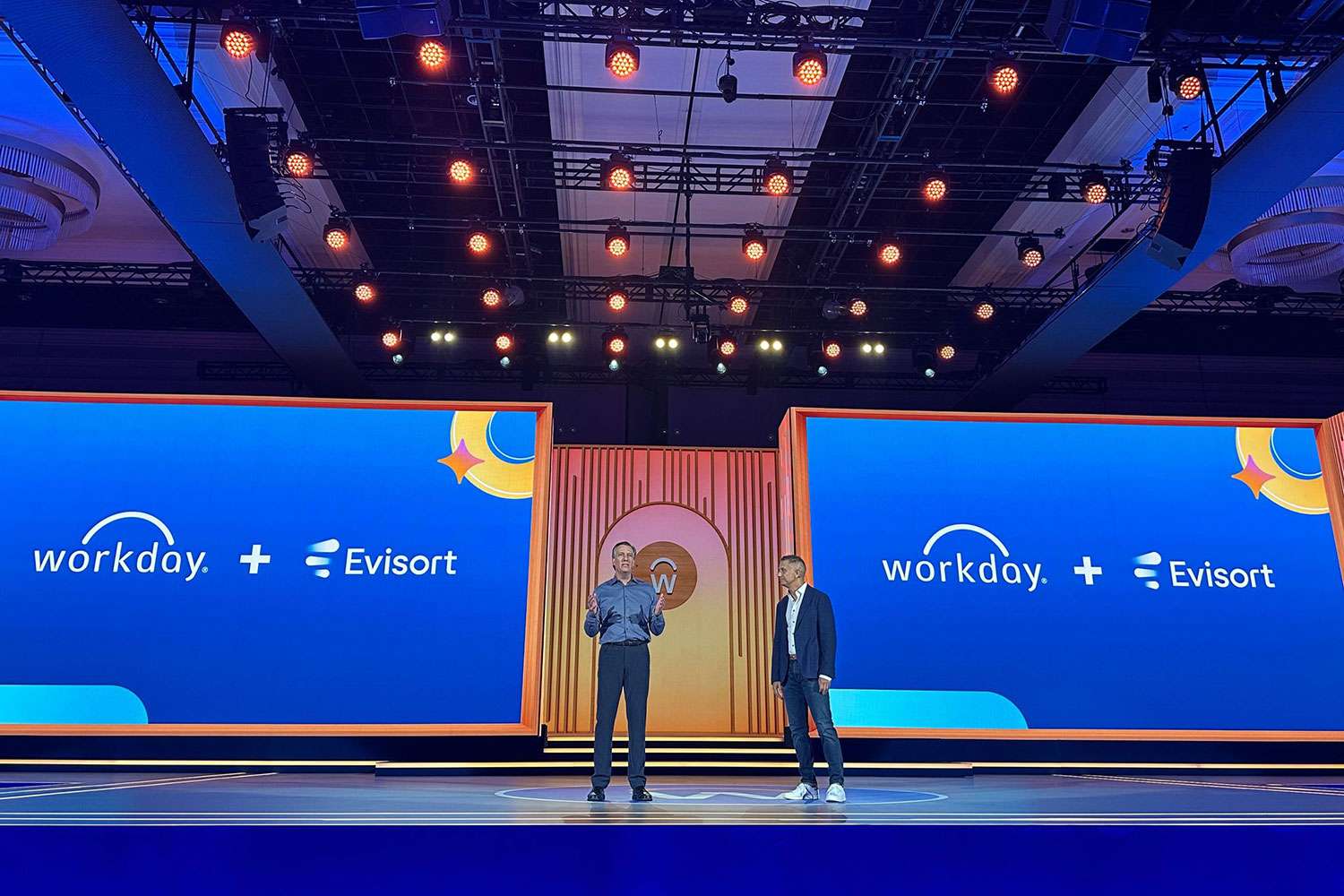Busting 4 Common AWS Cloud Migration Myths

Transitioning any part of your business with an AWS cloud migration without previous experience in that environment can seem risky at best and dangerous at worst. Moving away from your on-premise, familiar hardware set can feel like going out on the high wire act at the circus and looking down to realize there’s not a net. However, cloud migration does not have to be like the rip-and-replace mantra that some firms think is the only way to move from one ERP system to the next. However, with the right partner, ERP systems can be seamlessly migrated to AWS or any other cloud.
Your ERP is the Heart of What Makes Your Firm Tick
For established firms, their ERP is the heart of what makes them tick and has become the most consistent and reliable of their back-office systems. To ease the future transition that your company might be creeping up on, here are four of the biggest myths concerning ERP migration to AWS and how to break through them:
1. ERP Migration is Risky and Expensive
While expensive is a relative term, the fact of the matter is that your company can go as slowly or as quickly as it wants in moving to the cloud. That can mean moving one component at a time to a platform like AWS to get your feet wet, see how reliable and resilient it is, and then move piece by piece until you get the whole platform to the new server.
2. User Control Gets Dicey When You Move to the Cloud
AWS has a fully-managed file service that is cost-effective and can be tailor-made to any specifications. IT and support roles are not eliminated, but instead of spending on their time on break fixes they can leave the maintenance to AWS and focus on the strategies that enhance user experience.
3. Costs Will Fly Up as Your Storage Increases
This is true for on-premise storage, where you must buy hardware to support your peak usage, but not the cloud. In fact, the opposite may be true. The flexibility of the cloud is one of its best features – you only pay for what you need when you need it. If your ERP capacity surges at a particular time of year or even a particular time of the month, you can dial up the capacity to handle the increased flow of traffic on your site, then return it to your lower level for the rest of the cycle.
4. The Cloud is Less Secure Than On-Premises
This may be the biggest organizational barrier to pursuing cloud migration. However, AWS is the most experienced of the cloud bunch and has invested massive amounts of money to ensure compliance and security for every customer. By spreading your data across various centers, you mitigate the risk of data loss and downtime. On-premise hardware can be hacked by anyone who can slip into the room; there is no sequestering of data. On the cloud, data can be partitioned, blocking hackers from accessing all your data and adding many layers of encryption and security.































